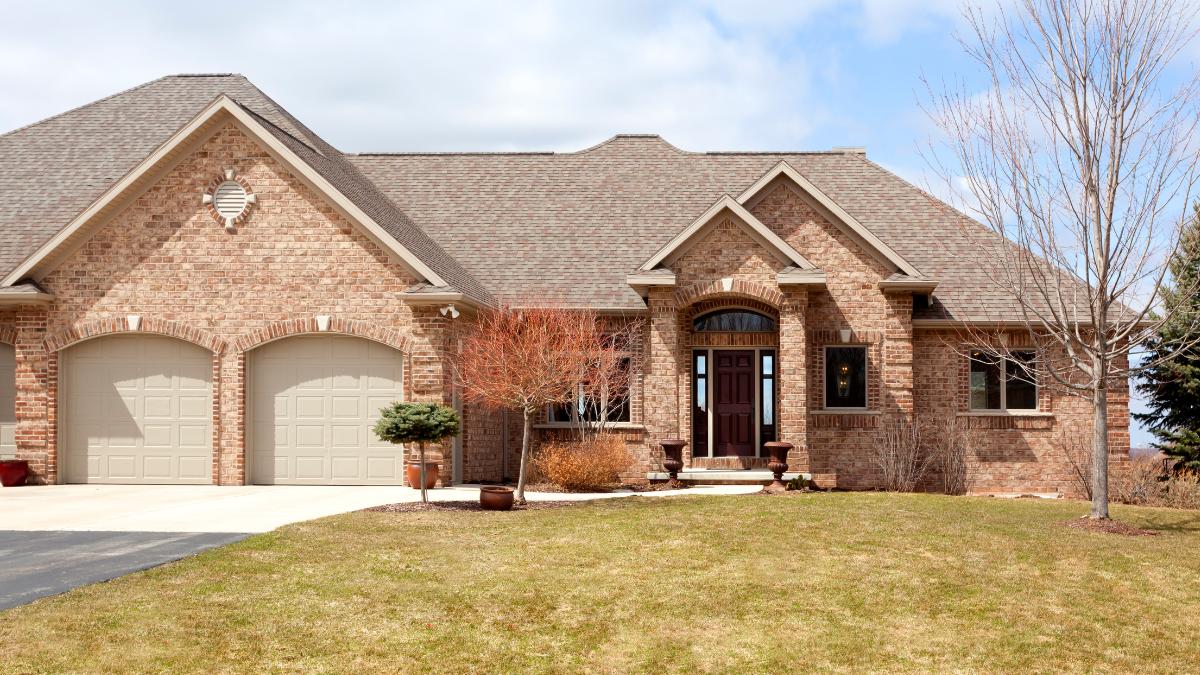Choosing the right roof isn’t just about aesthetics — it’s about protecting your investment and your family for years to come. Understanding the gable roof pros and cons can mean the difference between a home that thrives through storms and one that struggles under pressure. Before you commit to this popular design, get clear on what makes gable roofs a solid option — and where they might fall short depending on your climate and building goals.
💡Key takeaways:
- Gable roofs offer affordable construction, good water runoff, and excellent attic space but require smart planning for wind-prone areas.
- Proper ventilation and structural support are critical to maximizing the lifespan and efficiency of a gable roof.
- Climate, design cohesion, and maintenance commitment heavily influence whether a gable roof is the best choice for your home.
- Hiring a qualified roofer ensures your gable roof can withstand environmental stresses and remain trouble-free for decades.
What Is a Gable Roof?
A gable roof is easy to spot — it has two sloping sides that meet at a central ridge, forming a triangular end wall called a gable. Its straightforward design suits various architectural styles, from Colonial to modern suburban homes.
Gable Roof Advantages
1. Simple, Versatile Design
Gable roofs work with almost any home style. Whether you prefer a low-slope ranch or a steeply pitched A-frame, gables can be adapted to your aesthetic needs.
2. Affordable Construction and Repairs
Their uncomplicated structure makes gable roofs faster and cheaper to build. Fewer materials, less labor, and easier maintenance mean lower overall costs than more complex roofs like hip or mansard styles.
3. Excellent Water and Snow Runoff
A properly pitched gable roof quickly sheds rainwater and snow, reducing the risk of leaks and structural water damage. This makes it ideal for regions with heavy precipitation.
4. Enhanced Attic Space
Because of their sloped design, gable roofs create roomy attic spaces, useful for storage or future conversions into living areas. Proper insulation and ventilation turn this attic into an energy-efficient bonus room.
5. Natural Ventilation
Gable roofs allow for better attic ventilation through ridge vents, gable vents, or even turbine vents, preventing heat buildup, condensation, and mold growth.
Gable Roof Disadvantages
1. Vulnerable to High Winds
In hurricane-prone or tornado regions, gable roofs can struggle against strong winds. Poorly braced gables may collapse under pressure, causing severe home damage. Reinforced framing and hurricane straps can help mitigate this risk.
Tip: Homeowners in high-wind zones should opt for a lower pitch and extra bracing or consider alternative roof types like hip roofs for better wind resistance.
2. Potential Leak Risks
If not built with an adequate slope or quality flashing, gable roofs are susceptible to leaks, especially where valleys meet. Snow accumulation on flatter gables can also lead to ice damming.
3. Limited Solar Panel Options
Although many gable roofs support solar installations, the direction and angle must be optimal. In some cases, the smaller surface area facing the sun limits panel placement, reducing system efficiency.
4. May Require Additional Structural Support
In heavy snow regions, gable roofs may need additional internal bracing to prevent collapse from accumulated snow loads.
Extra Factors to Consider Before Choosing a Gable Roof
1. Climate Suitability
Think beyond looks. If your area experiences frequent hurricanes or heavy snow, you may need extra framing, roof tie-downs, or even a different design altogether.
2. Aesthetic Cohesion
While gable roofs complement many home styles, they might clash with ultra-modern or flat-roofed architecture. Always balance function with curb appeal.
3. Ventilation and Insulation
Without proper venting, even a well-designed gable roof can trap heat and moisture. Make sure your roofing contractor plans for effective ridge and soffit ventilation.
4. Maintenance Commitment
Periodic inspections are crucial. Homeowners should check for cracked shingles, damaged flashing, clogged gutters, and attic moisture regularly — not just after storms.
Quick Checklist:
- Inspect after heavy winds or storms
- Clean gutters twice a year
- Check attic for signs of condensation
- Look for cracked or missing shingles
5. Professional Installation Matters
A gable roof’s longevity depends largely on proper installation. Hiring a licensed roofer experienced in gable systems can prevent common issues like uplift and poor flashing, protecting your investment for decades.
Gable roof pros and cons FAQs
Gable roofs are vulnerable to high winds if not properly reinforced, which can cause serious structural damage.
Yes, but only if built with an adequate pitch and additional bracing to prevent collapse under snow accumulation.
Generally, yes — gable roofs are simpler to build, use fewer materials, and are less labor-intensive.
A well-built gable roof can boost curb appeal and resale value, especially when it complements the home’s architectural style.
They can be, but the effectiveness depends on the slope, orientation, and available sun-facing surfaces.
Final words
A roof shapes the story of a home, and few styles are as iconic as the gable. Knowing the full scope of gable roof pros and cons empowers you to choose with confidence, blending timeless looks with practical durability. Whether you move forward with a gable or explore other options, smart planning now ensures your home stands strong for generations.
You might also like:

